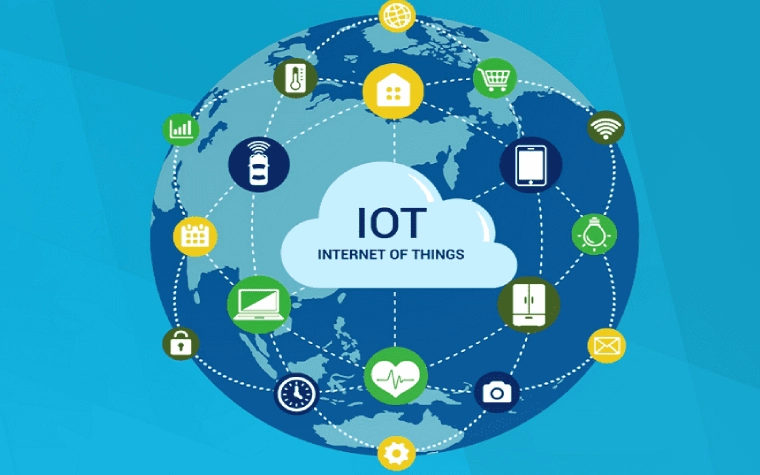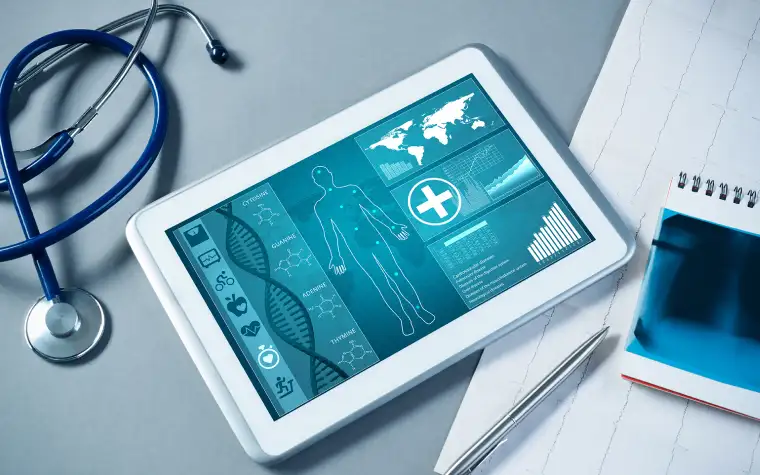
The Effect of Internet of Things(IoT): Changing How We Live and Work
One of the most important technical advances of our day is the Internet of Things (IoT). It describes a system of interconnected things and gadgets that may gather and exchange data without the need for human involvement. The Internet of Things (IoT), which includes connected cars, smart cities, smart homes, and wearable technologies, has the potential to completely change how we live and work. We will examine the effects of IoT on our daily life and the environment in this blog.
Smart Homes and Cities Using IoT
The creation of smart homes and cities is one of the most important IoT applications. Devices in smart homes are IoT-capable and can be operated remotely from a smartphone or tablet. Smart appliances, lighting controls, security cameras, and thermostats are a few examples of these gadgets. These devices capture data that can be used to optimise energy use, increase security, and improve homeowner convenience.
The management and operation of cities are likewise being transformed by IoT. IoT technology can be used by cities to monitor traffic flow, save energy use, and enhance public safety. For instance, smart traffic signals can change their timing depending on real-time traffic information, easing congestion and enhancing traffic flow. Also, cities can monitor air quality, noise pollution, and other environmental concerns with the help of IoT-enabled sensors, enabling them to make educated decisions regarding urban planning and growth.
IoT in Healthcare
IoT has a huge impact on the healthcare sector as well. Wearable technology is gaining popularity and can track a variety of health data. Examples include fitness trackers and smartwatches. These gadgets may track heart rate, sleep habits, and levels of physical activity, giving users insightful information about their health and wellbeing.

Moreover, IoT technology is being used to enhance patient outcomes and treatment. Hospitals can monitor patients remotely with IoT-enabled equipment, enabling more effective and efficient care. Informed decisions on treatment plans may be made by doctors and nurses thanks to the tracking capabilities of connected medical devices.
IoT in Manufacturing and Logistics
Also, the manufacturing and logistics industries are being transformed by IoT. Real-time monitoring of equipment and supply chain activities with IoT-enabled sensors enables more productive and economical operations. For instance, predictive maintenance can assist stop equipment problems before they happen; minimizing downtime and maintenance expenses.
Also, logistics processes are being optimized using IoT technology. Logistics businesses may track cargo and improve delivery routes by using real-time location data that connected cars can give. In order to make sure that supplies are supplied on time; IoT-enabled sensors can also be utilized to monitor inventory levels.
Conclusion
The way we live and work is changing as a result of the Internet of Things, from smart cities and homes to manufacturing and healthcare. Real-time data collection and exchange via IoT-enabled devices and sensors helps us make better decisions and run our businesses more successfully. We may anticipate even greater technological advancements in the years to come as it continues to develop, creating a connected and intelligent society.



